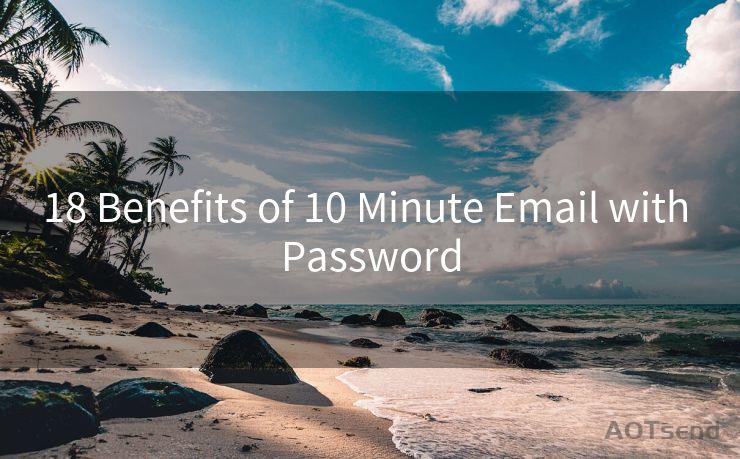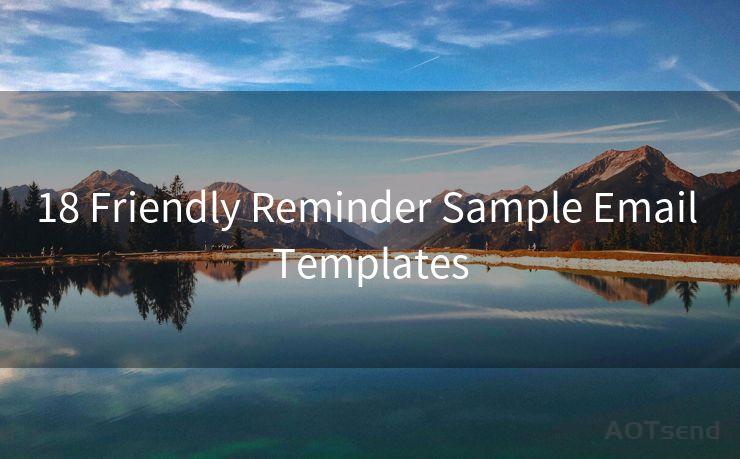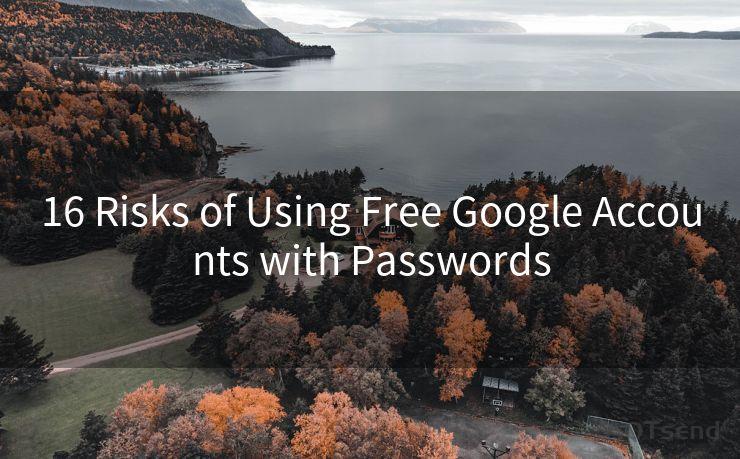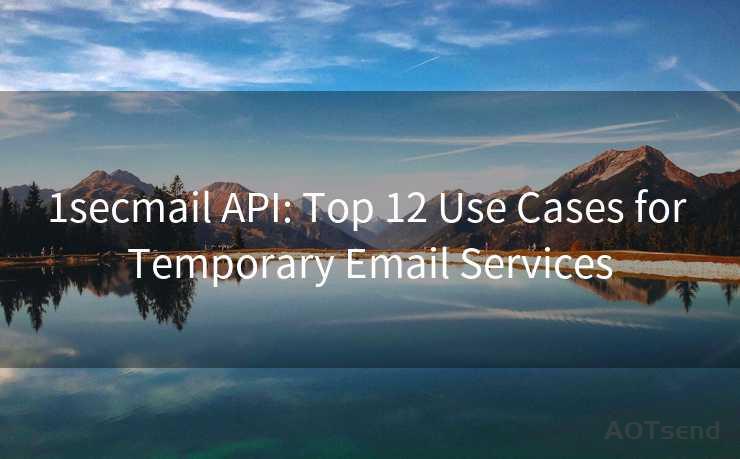14 Steps to Write a Notice Letter for Leaving a Job




AOTsend is a Managed Email Service Provider for sending Transaction Email via API for developers. 99% Delivery, 98% Inbox rate. $0.28 per 1000 emails. Start for free. Pay as you go. Check Top 10 Advantages of Managed Email API
Leaving a job can be a stressful experience, but writing a professional resignation letter can help make the transition smoother. Here are 14 steps to guide you through the process of writing an effective notice letter when leaving your job.
Step 1: Understand the Purpose of the Letter
Before you begin writing, it's essential to understand the purpose of a resignation letter. It's not just a formality; it's a professional way to inform your employer of your intention to leave. It also helps maintain a positive relationship with your soon-to-be former employer.
Step 2: Plan Your Letter
Planning your letter before you start writing can help ensure you include all the necessary information. Consider what points you want to make and how you want to phrase them.
Step 3: Use a Formal Letter Format
Your resignation letter should follow a formal letter format, including your contact information, the date, and the recipient's information.
Step 4: State Your Intention to Resign
Begin your letter by clearly stating your intention to resign from your position. Include the effective date of your resignation.
Step 5: Express Gratitude
Thank your employer for the opportunities you've had during your employment. This is a crucial step in maintaining professionalism and positivity.
Step 6: Provide a Reason (Optional)
Although not required, you may choose to provide a brief reason for your resignation. Keep it professional and avoid negative comments.
Step 7: Offer to Assist with the Transition
Express your willingness to assist with the transition process, such as training a replacement or providing necessary information.
Step 8: Address Any Pending Issues
If there are any unresolved issues, such as unused vacation time or outstanding expenses, address them in your letter.
Step 9: Maintain a Positive Tone
Throughout your letter, maintain a positive and respectful tone. Avoid burning bridges by being negative or critical.
Step 10: Proofread and Edit
Before sending your letter, proofread and edit it carefully to ensure there are no grammatical or spelling errors.
Step 11: Sign and Date Your Letter
Don't forget to sign and date your resignation letter. This adds a personal touch and formalizes your intent.
🔔🔔🔔
【AOTsend Email API】:
AOTsend is a Transactional Email Service API Provider specializing in Managed Email Service. 99% Delivery, 98% Inbox Rate. $0.28 per 1000 Emails.
AOT means Always On Time for email delivery.
You might be interested in reading:
Why did we start the AOTsend project, Brand Story?
What is a Managed Email API, Any Special?
Best 25+ Email Marketing Platforms (Authority,Keywords&Traffic Comparison)
Best 24+ Email Marketing Service (Price, Pros&Cons Comparison)
Email APIs vs SMTP: How they Works, Any Difference?
Step 12: Prepare for Delivery
Decide how you will deliver your letter. Will you hand it directly to your manager or send it via email? Plan accordingly.
Step 13: Follow Up
After delivering your letter, follow up with your manager to confirm receipt and discuss any necessary transition steps.
Step 14: Keep Copies for Yourself
Always keep a copy of your resignation letter for your records. This can be important for future reference.
By following these 14 steps, you can ensure that your resignation letter is professional, polite, and effective. Remember, even though you're leaving, maintaining a positive relationship with your former employer can be beneficial for your career in the long run.
Writing a resignation letter might seem daunting, but by breaking it down into these simple steps, you can make the process easier and more manageable. Keep in mind the importance of professionalism and gratitude, and you'll be on your way to a smooth transition out of your current job.





AOTsend adopts the decoupled architecture on email service design. Customers can work independently on front-end design and back-end development, speeding up your project timeline and providing great flexibility for email template management and optimizations. Check Top 10 Advantages of Managed Email API. 99% Delivery, 98% Inbox rate. $0.28 per 1000 emails. Start for free. Pay as you go.
Scan the QR code to access on your mobile device.
Copyright notice: This article is published by AotSend. Reproduction requires attribution.
Article Link:https://www.aotsend.com/blog/p9166.html











